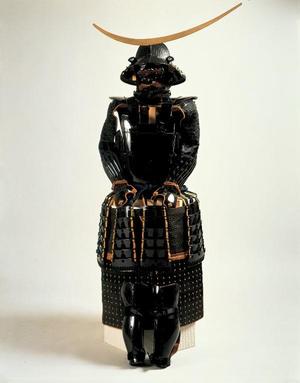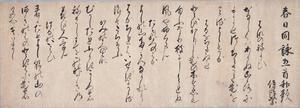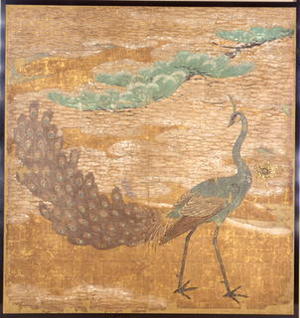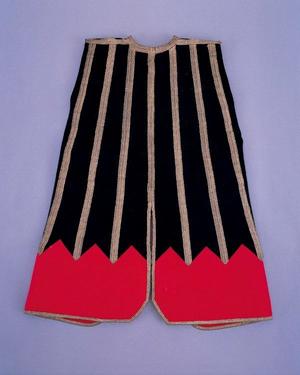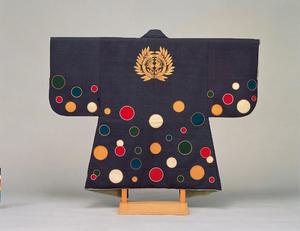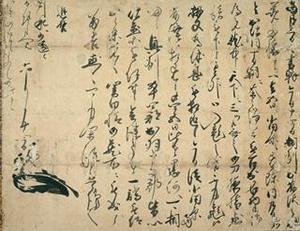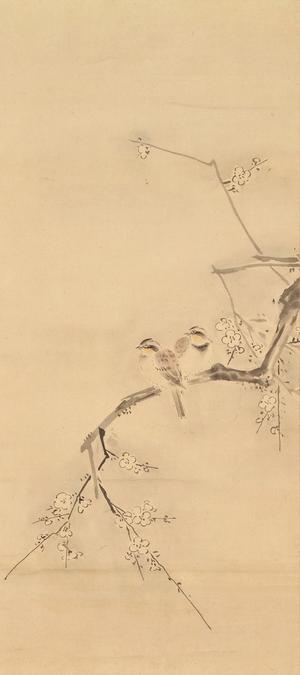Matsushima is one of Japan's three most scenic spots along with Itsukushima and Amanohashidate, but it is famous for its many small islands covered with pine.
First, for about 20 minutes in the video room on the left side of the Mitsui Memorial Museum, we watched "Masmune Date, Matsushima and Zuiganji Temple, which is the 450th anniversary of birth this year." For the first time, I learned that Zuiganji Temple is an artistic temple reminiscent of Momoyama culture (Kyoto, Hideyoshi Toyotomi).
Masamune Date won the battle of Sekigahara, and over the years of 1603 to 5 years in the land of Matsushima (originally it was a sacred place) in Sendai, I thought about building a rich granary. In my heart, wood is a temple built by ordering from Kii.
When you enter the exhibition hall, you can see Masamune's versatility, such as shohekiga, Zen sect's peacock, which is the birthplace of Shaka, which is located in the main hall of the national treasure, Pure Land of Bliss, and five Daimyo Kings from the Heian period, and Buno and Taikobo, Zhou, are depicted as Acalanatha and other Chinese shun.
Masamune was one of the warlords who turned his eyes to the world, dispatching European envoys to the Keicho era to Western Europe in the early Edo period.
In the garden of Zuiganji Temple, red and white plums planted by Masamune bloom every year.
The existence of Zuiganji Temple in the land of those affected by the Great East Japan Earthquake is a step-by-step step by step.
It is on display until November 13th.
http://www.mitsui-museum.jp/exhibition/index.html
Important Cultural Property Momoyama period Sendai City Museum Collection for Masamune Date
(9/10 to 9/30 exhibition)
Figure 3 Important Art Good Yoshino Kaishi Date Masamune
February 29, 1594, Sendai City Museum Collection (exhibited from September 10 to October 10, 1594)
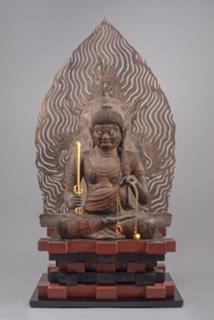
Figure 6 Statue of Five Great Ming Kings (Acalanatha)
Collection of Zuiganji Temple in Heian period
Figure 7 Important Cultural Property Zuiganji Temple main hall shohekiga
Collection of Zuiganji Temple in Edo period (exhibited from September 10 to October 10 in the first half)
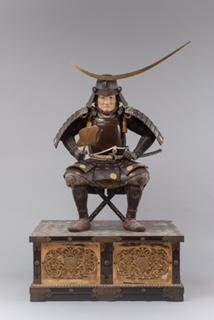
Figure 10 Masamune Date Armor Statue
Edo period, 1652 (1652) Zuiganji Temple
Figure 14 Important Cultural Property Kurorasaji foot Hirasa Yamagata pattern Jinhaori Masamune Date
Momoyama period Sendai City Museum Collection (October 1 to October 14)
Figure 15 Designated Cultural Property Shiluo back plate, Sendai City Five-colored polka dot pattern Jinhaori
Edo period Sendai City Museum Collection (September 10-September 23)
Figure 16 Letter of Masamune Date
June 14, 1590, 1590 (Odawara Sanjin) Sendai City Museum Collection
Fig. 19 Plum poultry by Date Masamune
Edo period private collection (new discovery)
